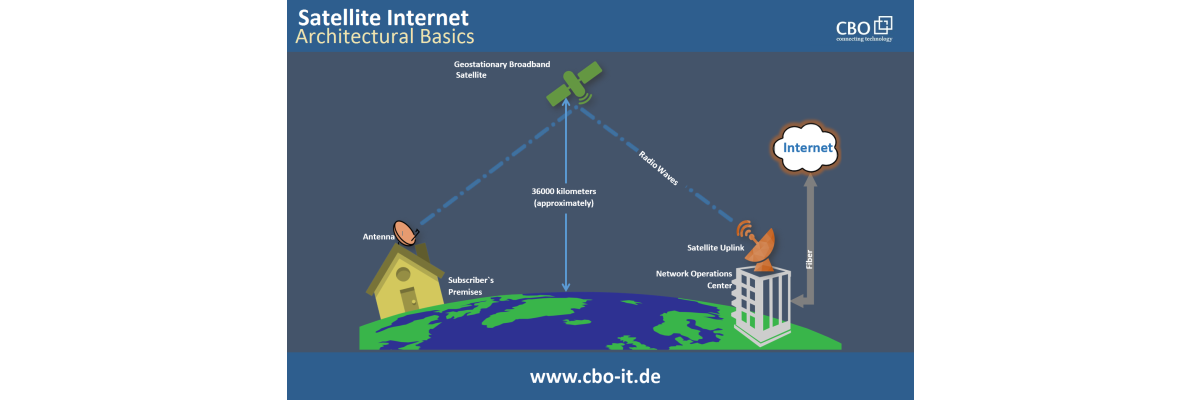Today there are different optical transceivers available on the market. They come in various form factors offering speeds from 100Mbps to 100Gbps and are fully compliant to the MSA and IEEE 802.3 standards. Some of the more popular form factors include SFP, SFP+, XFP, GBIC, XENPAK, QSFP and QSFP28.
In this article we will be mainly covering SFP and SFP+ transceivers, the differences between the two and what advantages does SFP+ has to offer for your network infrastructure.
SFP
SFP in short means Small Form-factor Pluggable. It is a compact and hot-pluggable transceiver that can be used in the ports of telecommunication and data communication devices. It is an industry standard which is manufactured by many network component vendors. SFP modules are designed to support SONET, Gigabit Ethernet, Fibre Channel and other communication standards. Owing to its small size and enhanced capability combined with greater speeds it has made the universally used GBIC (Gigabit Interface Converted) obsolete and hence is sometimes referred to as Mini-GBIC. Unlike GBIC which has a SC fiber optic interface, SFP has a LC interface and the main body size of SFP is only about half of the GBIC. They offer a cost effective way to connect a single network device to a wide variety of fiber cable distances and types. Being interchangeable fiber connectors that can adapt to any existing network, SFPs make network maintenance a whole lot easier. SFP modules allow greater port density (number of transceivers per cm along the edge of a mother board). These modules are not standardized by any official’s standard body but rather are specified by a Multi-Source Agreement (MSA) among various manufacturers. Some network component manufacturers have engaged in vendor lock-in practices whereby they deliberately break compatibility with generic “SFP’s” by adding a check in device firmware that will enable only the vendors own modules. However some manufacturers have introduced SFP’s with blank programmable EEPROM’s which may be re-programmed to match any vendor ID. Modern SFP modules also come with standard digital diagnostic monitoring (DDM) functions also known as Digital Optics Monitoring (DOM). This gives the end users the capability to monitor the parameters of the SFP such as optical output power, optical input power, temperature, laser bias current, supply voltage etc. in real time. This functionality can be utilized for monitoring on routers, switches and other optical equipment.
SFP+
SFP+ stands for Small Form-factor Pluggable Plus – SFP+ transceivers are an enhanced version of the SFP that can support data rates of up to 16Gbps. The SFP+ specification was first published on May 9th 2006 and the first version 4.2 was published on July 6th 2009. As one of the most popular industry standards it is supported by many network component vendors. SFP+ supports 8 Gbit/s Fibre Channel, 10 Gigabit Ethernet and the Optical Transport Network standard OTU2. SFP+ modules have the same dimensions as SFP. The big difference between the SFP and SFP+ modules is the encoding method. These modules have more circuitry to be implemented on the host board instead of the inside module. SFP+ modules can also be used in older equipment with XENPAK or X2 ports through the use of an active electronic adapter. SFP+ modules come in two types linear and limiting. Linear SFP+ modules are most appropriate for 10GBase-LRM, otherwise, limiting modules are preferred. These contain a signal amplifier to re-shape the degraded (received) signal whereas linear does not.
 English
English
 Deutsch
Deutsch
 Espaniol
Espaniol










